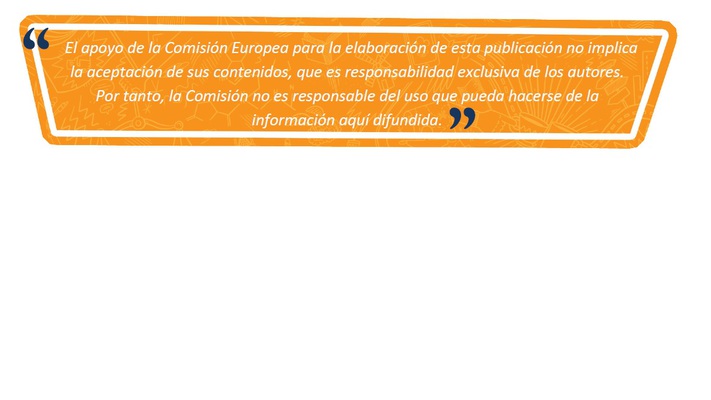
1. INTRODUCTION
Cultural heritage can be understood as resources inherited from the past in all forms and aspects, including: tangible: buildings, monuments, books, archaeological sites and many more, and intangible: practices, languages, oral tradition, digital art, animation, video, and records.
To support the topic eTwinning teachers should focus on the promotion and the sharing of Europe's cultural heritage. Their projects could:
- raise awareness of the common history and values;
- reinforce a sense of belonging to Europe;
- demonstrate ways of better safeguarding, enhancing, but also reusing and promoting Europe’s cultural heritage as a shared resource.
2. OUR E-TWINNING PROJECT AND THE EUROPEAN CULTURAL HERITAGE
Our e-twinning project is a pàrt of another project called "Travelling Around Tales and Stories". This project aims at achieving several important objects. There are several of them connected with the European Cultural Heritage like:
- To improve the Communicative approach.
- To use new technologies to create motivating and meaningful activities, as well as improve the comprehensive development of students (video conferencing, teaching applications, etc).
- To create digital stories from various methodologies (Cooperative learning, project learning, multiple intelligences,…)
- To learn traditional stories from the partners´ countries.
- To know other countries culture (history, literacy, etc) customs, celebrations (Halloween, Christmas, Carnival, Easter, National days etc)
3. ACTIVITIES WE CARRIED OUT IN RELATION TO OUR CULTURAL HERITAGE
1. OUR ASSOCIATION LOGO
This activity represents our countries and six traditional stories from different countries logos were integrated into our final product. Apart from that, it represents Europe and its diversity: Six countries and six different traditional stories to know, share and work.
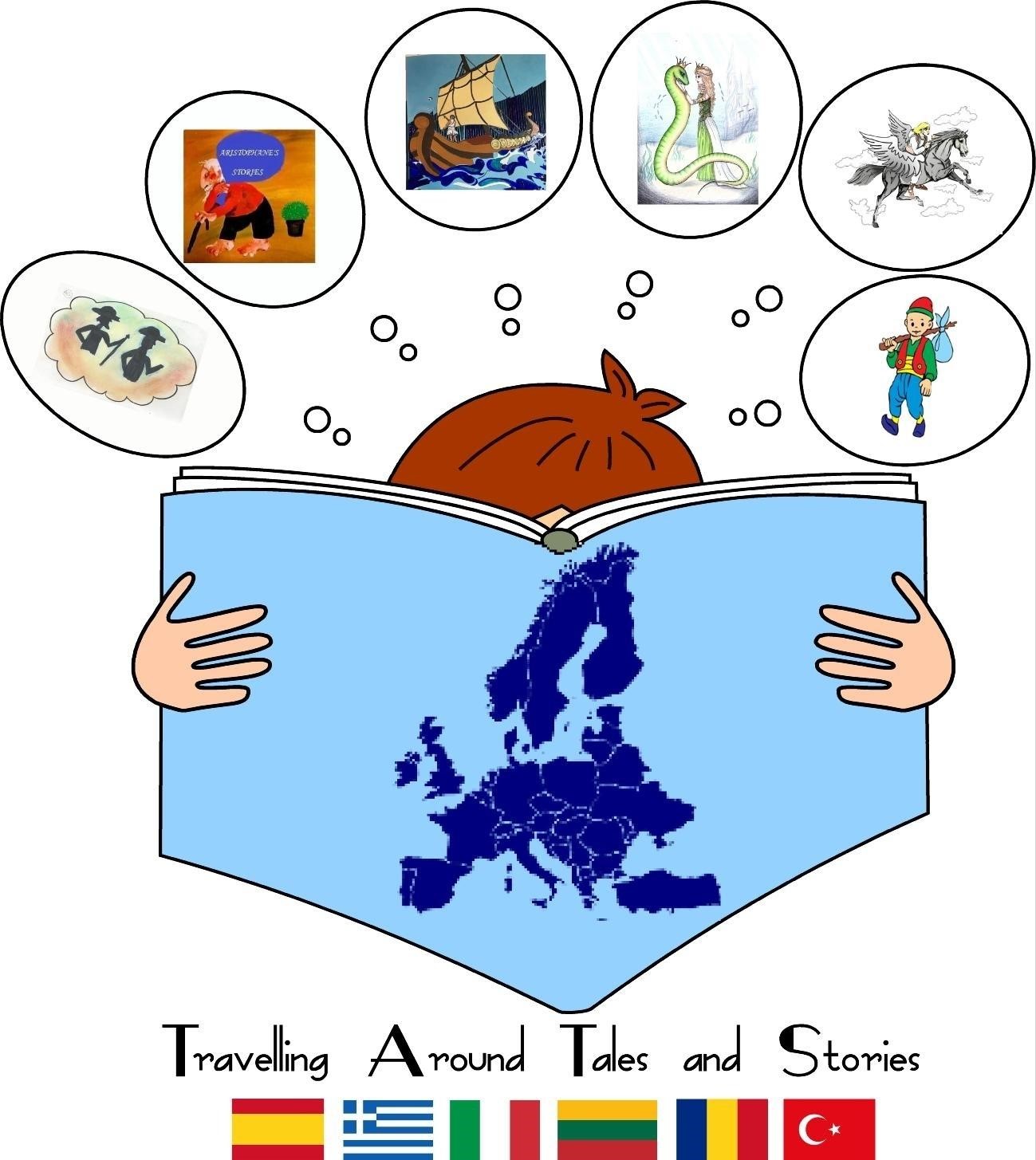
2. SCHOOL PRESENTATIONS
They promote the similarities and differences between all of us and reflect our culture and traditions, allowing us to understand the diversity as a crucial value. (See in our page number 3 "Schools presentations")
3. SKYPE MEETINGS: They were excellent activities to communicate, develop oral skills and learn about how Christmas and other traditions are celebrated in different countries. We learned about gastronomy, about important characters, decorations, important dates, we sang traditional carols in each country etc. (see in page 6 " Skype meetings ")
4. OUR THREE EUROPEAN TRAVELLING BOOKS:
They were created collaboratively among all the countries and reflect clearly different aspects of our European Cultural Heritage like cultural places, history, architecture, gastronomy, flora, fauna, etc
-
TANGIBLE PRODUCTS: 3 PRINTED BOOKS
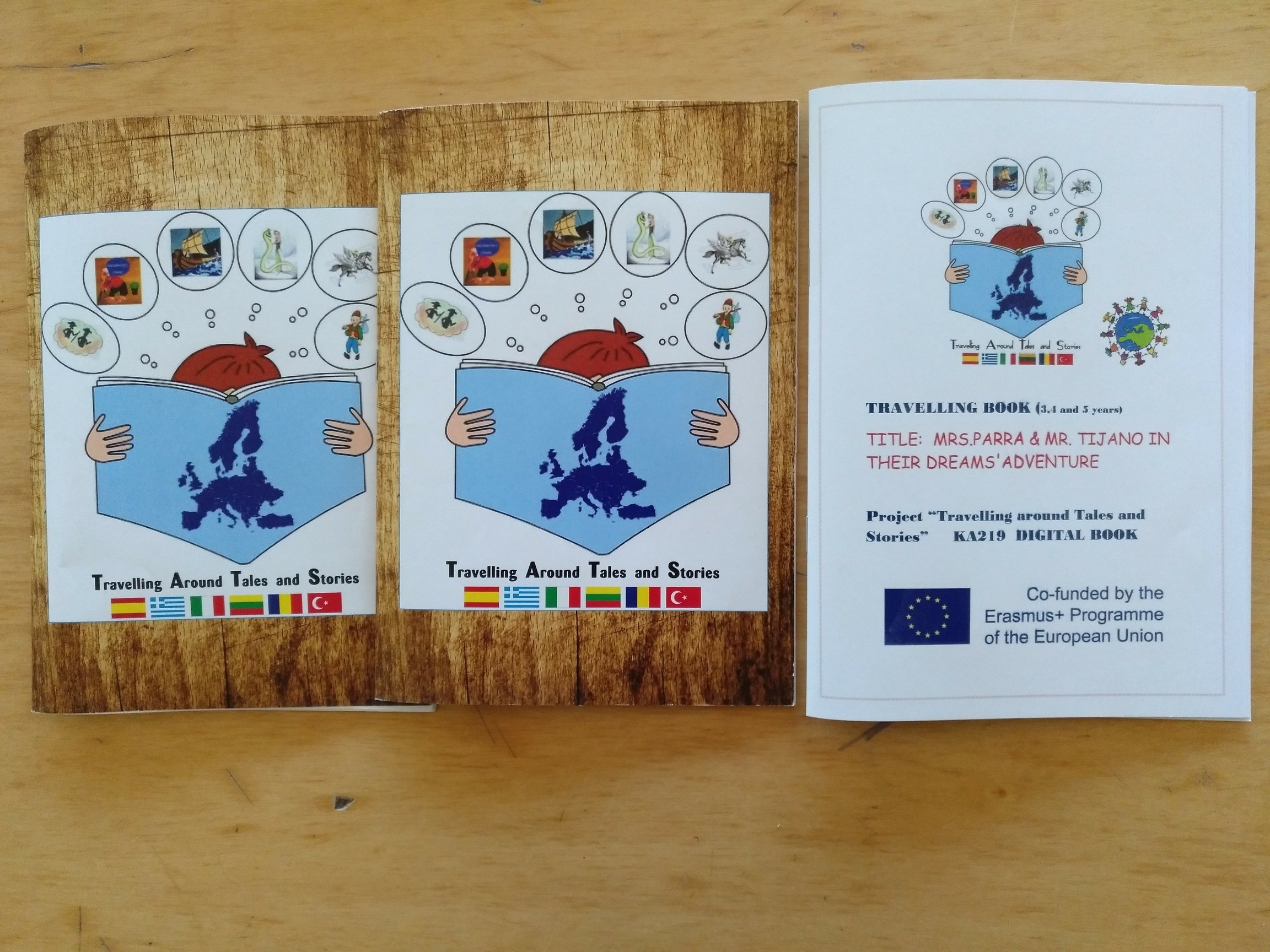
DOCUMENT THAT SUMMARIZES WHY OUR TRAVELLING BOOK PROMOTES OUR EUROPEAN CULTURAL HERITAGE
- 4. VISIT TO DIFFERENT COUNTRIES (Geography, history, monuments, traditions, gastronomy, religious places, books, writers, celebrities etc) Example
6. SPECIFIC TRADITIONS
5. 1. GRAVE HARVEST
5.2. HALLOWEEN TRADITIONS
BOOKMARKS WORKSHOP

BROOMS EXHIBITION

5. 3 CHRISTMAS TRADITIONS
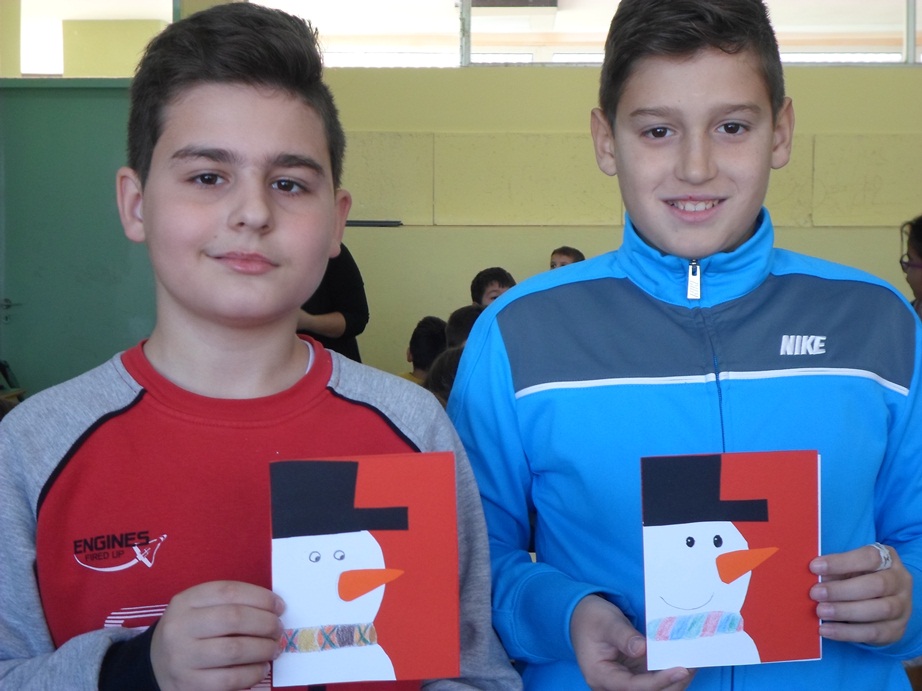
5.4 CARNIVAL
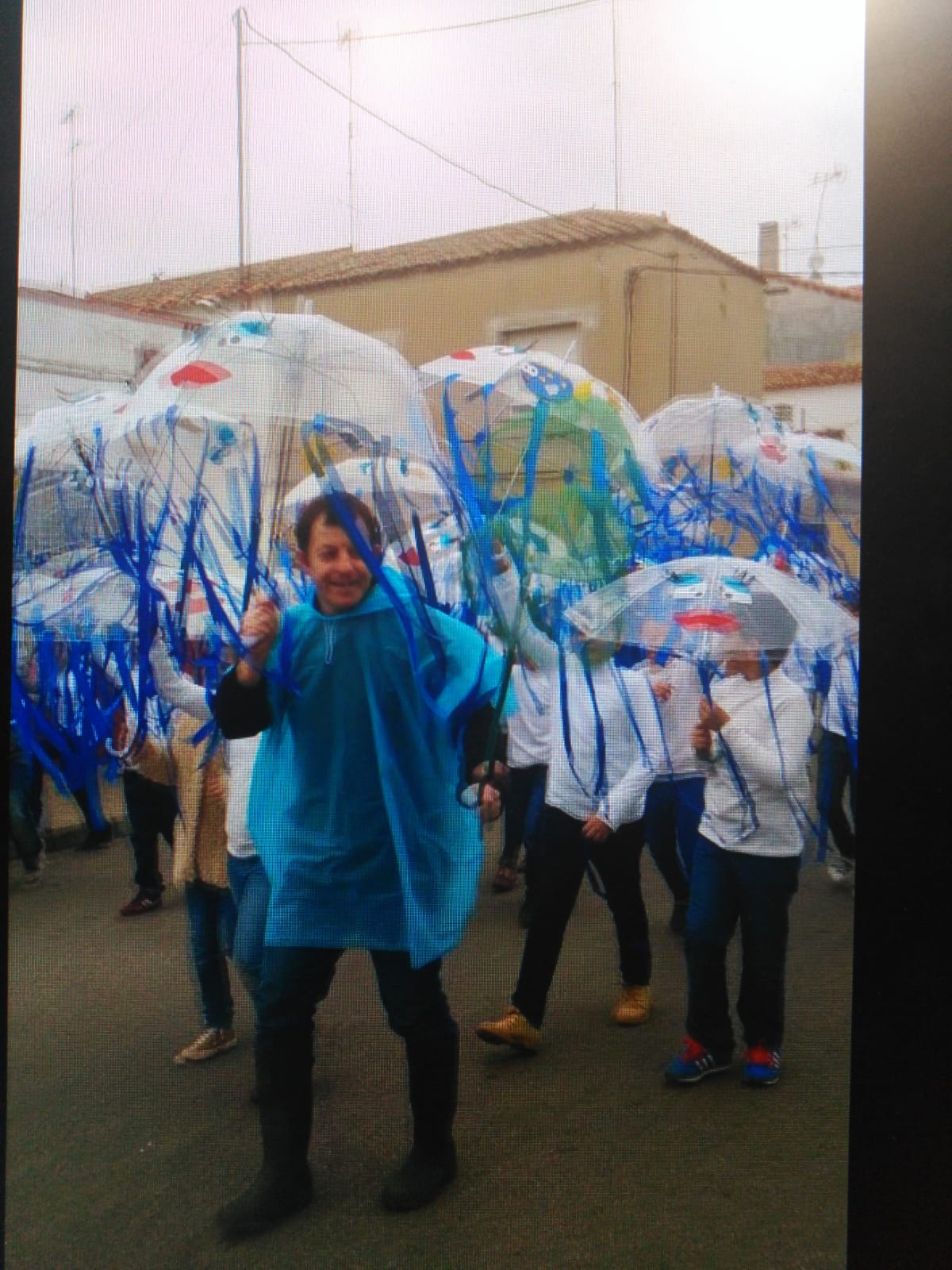
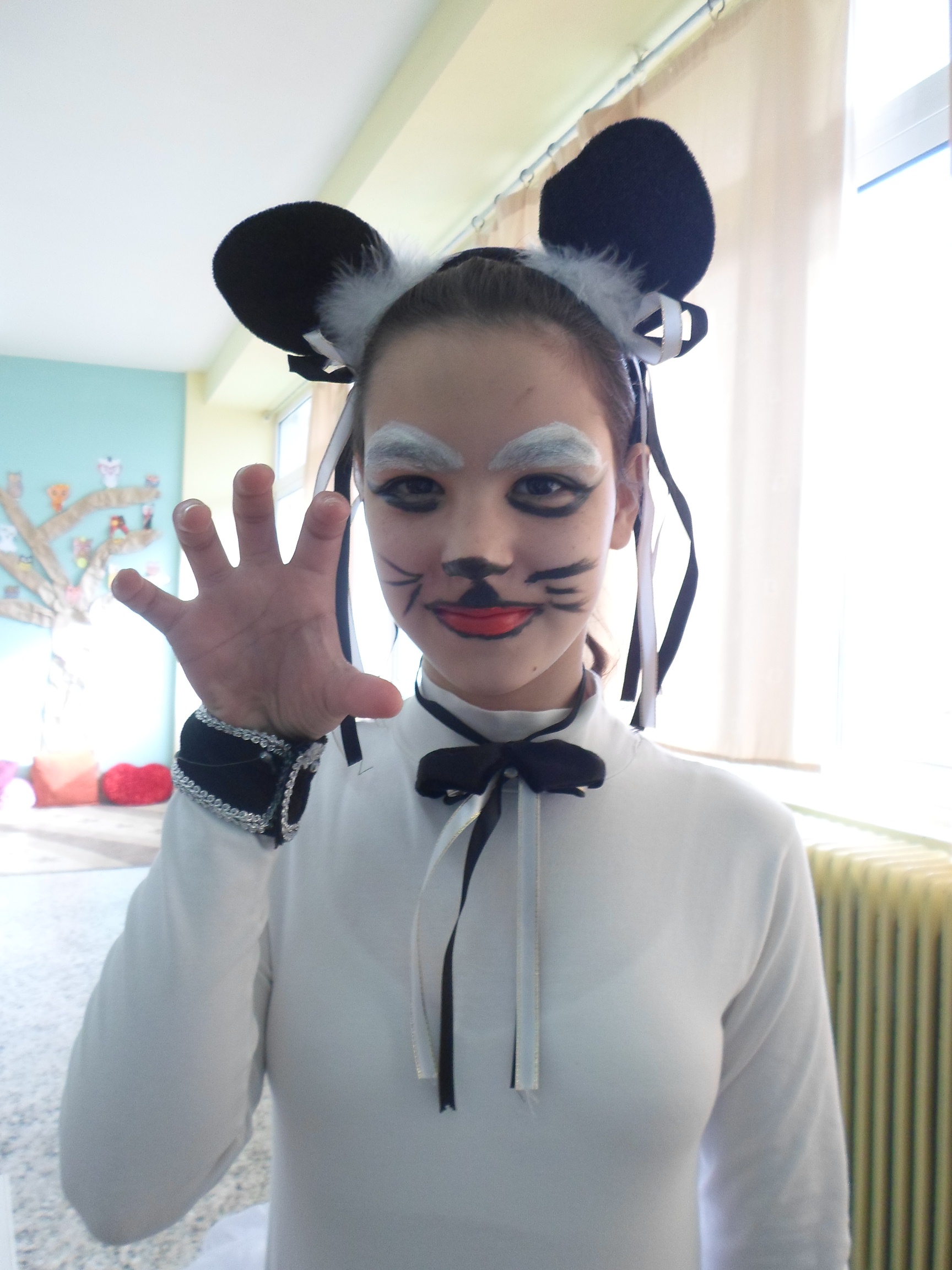
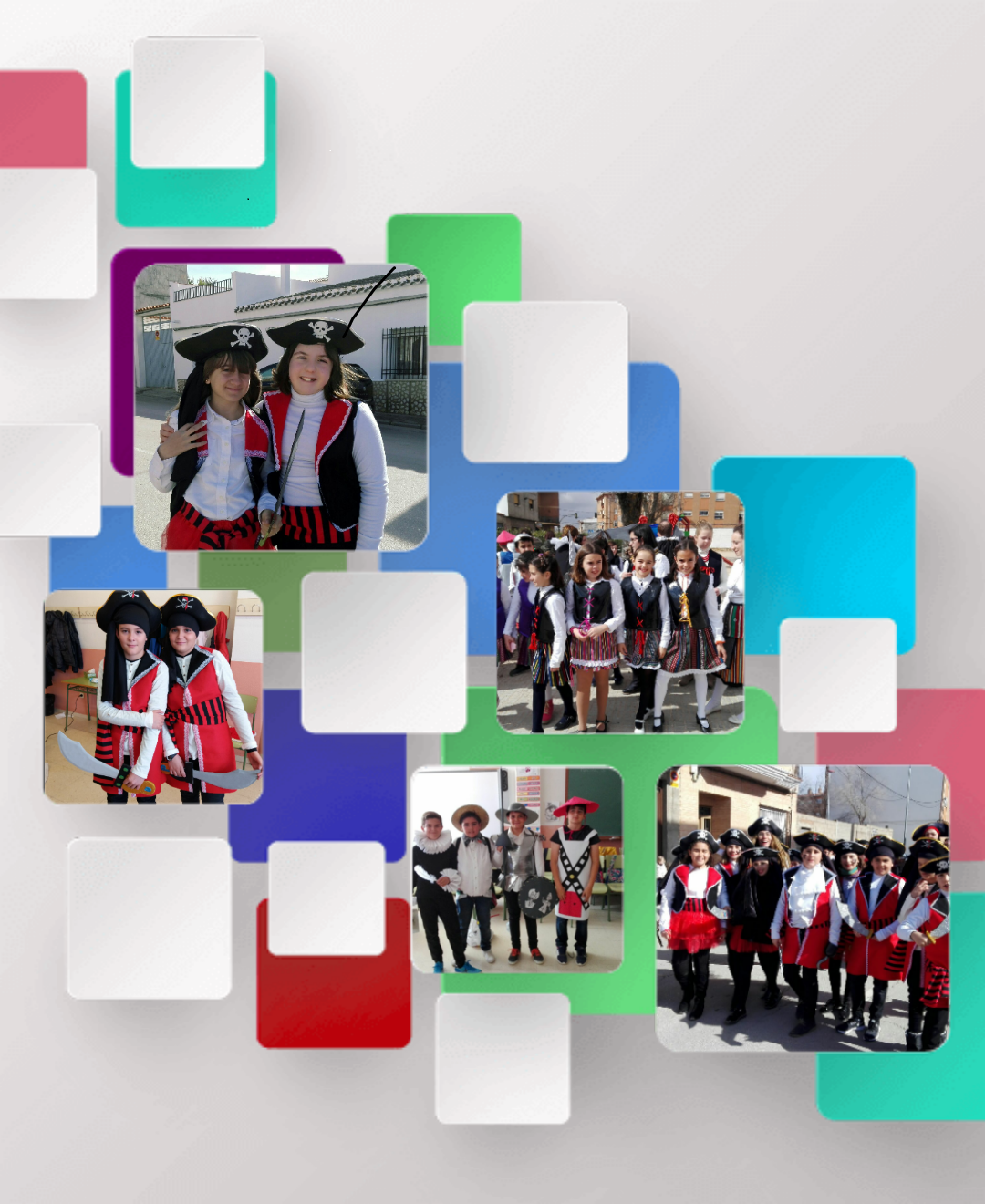
5.5 EASTER
6. STOP MOTION: This activity was used to promote our traditional stories. It means that we developed the oral tradition and the most well-known traditional stories from different countries. Our final product was an animation stop motion film. All the products are available to see on the page titled "STOP MOTION"
Example: LITHUANIA STOP MOTION "Egle and the Snakes"
7. EUROPEAN DAY OF LANGUAGES: SAYING HELLO IN DIFFERENT LANGUAGES
